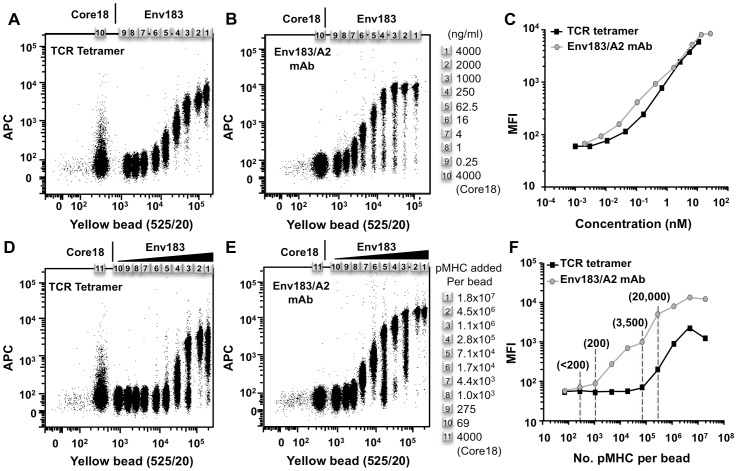Figure 4. Functional avidity of the Env183/A2 mAb and soluble TCR tetramers.
A range of beads of different fluorescent intensities were saturated with pMHC and stained with titrating amounts of (A) TCR tetramer or (B) Env183/A2 mAb. (C) The titration profiles of the TCR tetramer and the Env183/A2 mAb showed that both reagents had similar avidity for the pMHC. An array of beads presenting pMHCs at different densities was generated, as confirmed and quantified by anti-β2m staining (Figure S4). These beads were incubated with 1 µg/mL of (D) TCR tetramer or (E) Env183/A2 mAb. (F) Graphical representation of staining intensity for the different bead populations. Whereas the antibody bound beads presenting 200 complexes, the TCR tetramer required at least 3500 complexes for similar staining.

